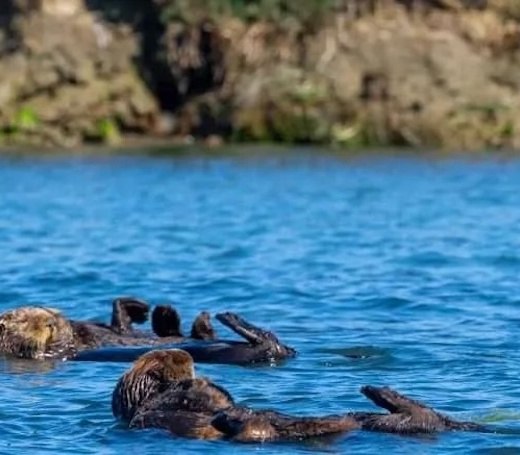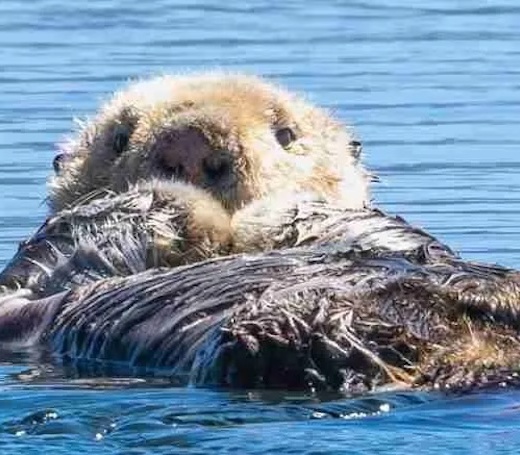Education
Each September, Sea Otter Awareness Week shines a spotlight on one of the ocean’s most charismatic and essential species. With their playful nature and endearing faces, sea otters are easy to love, but their importance goes far beyond appearances. As a keystone species, they play a critical role in maintaining healthy kelp forests and marine biodiversity.
Read MoreOnce nearly wiped out by the fur trade, sea otters have made one of the most remarkable comebacks in wildlife conservation history. These resilient creatures have come back from the brink of extinction, but their recovery didn’t happen by accident. It happened because people like you cared enough to speak up, show up, and support the work of conservationists.
Read MoreThe ocean is home to some of the most fascinating creatures on Earth, and among the most commonly confused are sea otters, seals, and sea lions. While these three marine mammals may share coastal habitats and similar behaviors, they belong to different families and have distinct appearances, lifestyles, and roles in the ecosystem.
Read MoreWhy is biodiversity important to ecosystems? It’s the backbone of resilience. Biodiversity supports food webs, nutrient cycling, water purification, and carbon sequestration. In simple terms, ecosystems with a wide variety of life are more stable, productive, and capable of recovering from disruption. When it comes to the oceans, the stakes are especially high.
Read MoreScientists around the world are closely monitoring the future of sea otters (Enhydra lutris) to see how their populations might evolve by 2050. Sea otters have long captivated the public with their playful behavior and iconic fuzzy faces, but they serve a critical purpose beneath the waves. As a keystone species, they maintain the balance of marine ecosystems by controlling prey populations, promoting kelp forest growth, and supporting biodiversity.
Read MoreIf you’ve ever seen a baby sea otter in real life or videos online, you know how enchanting these marine mammals can be. With their wide eyes and fluffy appearance, cute baby sea otters never fail to captivate onlookers with their undeniable charm. However, these endearing creatures are facing serious challenges. From pollution and habitat loss to shifting ocean temperatures, many threats leave them vulnerable.
Read MoreSea otters (Enhydra lutris) are fascinating marine mammals with a lifespan of 10 to 15 years in the wild. Understanding the sea otter life cycle provides insight into the critical stages of their development, their behaviors, and their survival strategies. From birth as pups to maturity as adults, sea otters exhibit unique characteristics that allow them to thrive in the harsh conditions of their ocean habitats.
Read MoreIn recent years, aquariums and zoos have become crucial players in the conservation of sea otters (Enhydra lutris), a keystone species vital to the health of coastal ecosystems. These institutions not only provide sanctuaries for rescued otters but also contribute significantly to research, public education, and conservation efforts.
Read MoreThe sea otter has long captivated humanity’s interest and appreciation. We have wanted to understand them and their behavior – from their endearing faces to their use of rocks as tools to assist in their cracking open invertebrate food sources to their influence on maintaining the health of the ocean kelp forest. Biologists have studied sea otters for over one hundred years while the general public’s interest has grown, especially in the last three decades.
Read MoreSea otters (Enhydra lutris) are extraordinary animals that play a vital role in the health and balance of their ocean habitats. These charismatic marine mammals are known for their unique physical, behavioral, and ecological characteristics — many of which are adaptations crucial to their survival — that set them apart from other otter species. For instance, unlike most mammals, sea otters are born with their eyes open. In this article, we’ll take a closer look at the various characteristics of sea otters and explore how these adaptations help them thrive in their aquatic environment.
Read More









